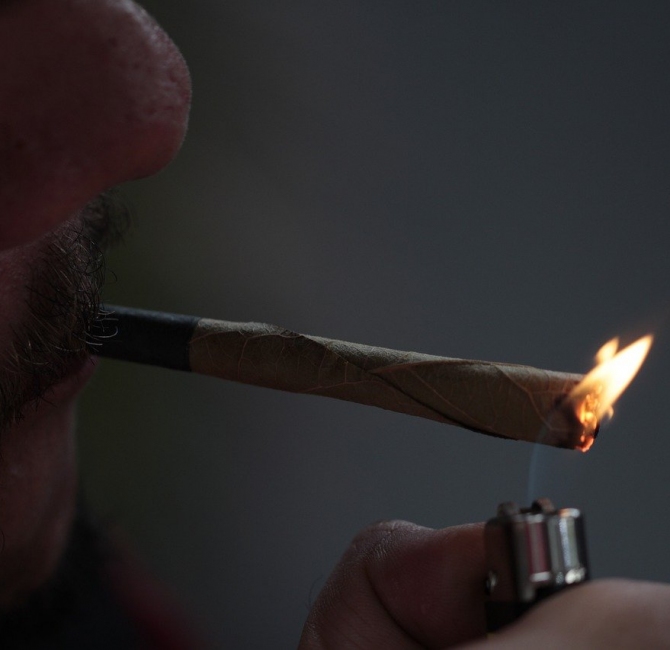Introduction: There will be three seperate posts on the Dental Hygiene Newswire website about the series of three research papers that review the etiology of bruxism, its impacts, and treatment strategies for persistent bruxers at risk of tissue damage.
Bruxism is the repetitive jaw-muscle activity characterized by clenching or grinding of the teeth and/or bracing or thrusting the mandible. It may occur during sleep or when awake and may lead to changes or damage to the oral and perioral tissues. Many clients will not require active management; however, for some, intervention is needed.
Control of bruxism may be difficult, but the need exists to preserve the dentition and quality of life. Predicting risk to the tissues for planning interventions is complex and relies upon evidence of past damage and assessment of future risks. Treatment options may need to be imaginative and rescuable. In this paper, the nature of bruxism and its impact are examined.
Key points
- Bruxism is not just simply grinding of the teeth and is more than a temporomandibular disorder.
- Bruxism is a centrally driven sleep disorder that often has a familial and long client history.
- Bruxism is initiated and/or exacerbated by selective serotonin reuptake inhibitors.
- Bruxism can be very destructive to the dental and oral tissues and leads to quality-of-life issues. Decisions as to when to intervene are complex.
- An intervention needs assessment is introduced in this paper.
Conclusion
Bruxism is much more than simply grinding the teeth. Sleep bruxism differs from awake bruxism, with diverse and multifactorial causation and risk factors. Sleep bruxism appears to be a sleep disorder, whereas awake bruxism is probably more associated with psychological stress and medication. In both cases, the clinician must deploy diagnostic skills with discretion and intelligence and be aware of the potential damage bruxism can cause to the oral tissues.
In the second paper of the series, interventions aimed at controlling and limiting the destructive effects of bruxism will be discussed.



